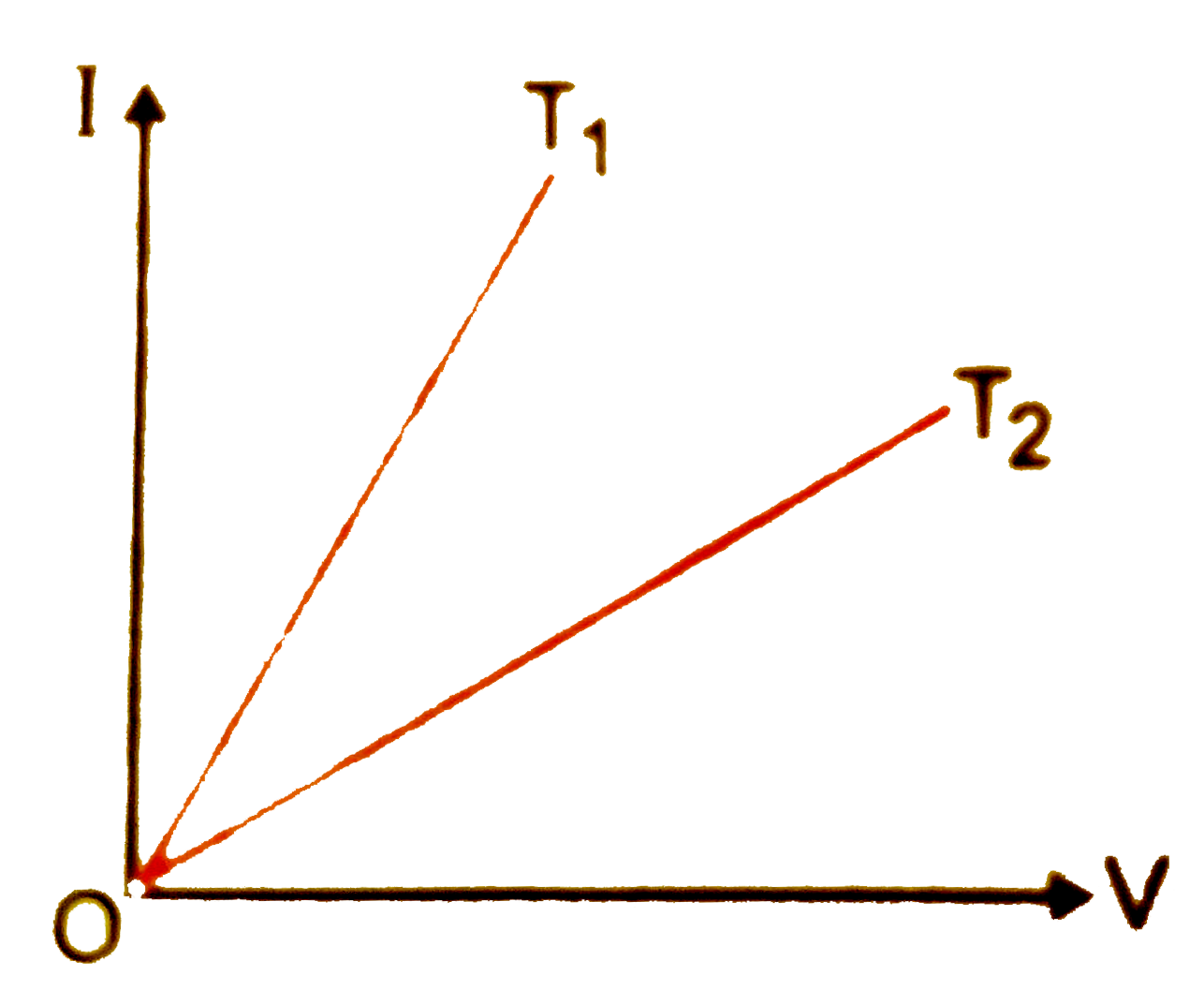Explain why
a. Two bodies at different temperatures T1andT2 if brought in thermal contact do not necessarily settle to the mean temperature (T1+T2)/2.
b. The coolant in a chemical or nuclear plant (i.e., the liquid used to prevent the different parts of a plant from getting too hot) should have high specific heat.
c. Air pressure in a car tyre increases during driving.
d. The climate of a harbour town is more temperate then that of a town in a desert at the same latitude.
a. In thermal contact heat flows from the body at higher temp to the body at lower temperature till temperatures becomes equal. The final temperature can be the mean temp (T1+T2)/2 only when thermal capacities of the two bodies are equal.
b. This is because heat absorbed by a substance is directly proportional to the specific heat of the substance.
c. During, driving the temperature of air inside the tyre increases due to motion. According to charles law, P α T. Therefore, air pressure inside the tyre increases.
d. This is because in a harbour town, the relative humidity is more than in a desert town. Hence the climate of a harbour town is without extremes of hot and cold.
Similar Questions
The coolant in a chemical or nuclear plant (i.e. the liquid used to prevent different parts of a plant from getting too hot) should have hight specific heat, comment?
View SolutionTwo bodies at different temperature T1 and T2. If brought in thermal contact do not mecesserily settle to the mean temperature (T1+T2)/2.
View Solution
Knowledge Check
- Question 1 - Select One
If two bodies at different temperatures T1 and T2 are brought in thermal contact, the mean temperature T1+T22. When
Amass of two bodies are equalBpressure on two bodies are equalCtherma capacities of two bodies are equalDvolume of two bodies are equal - Question 2 - Select One
Assertion : Two bodies at different temperatures if brought in thermal contact do not necessary settle to the mean temperature
Reason : The two bodies may have different thermal capacities.AIf both the assertion and reason are true and reason is the correct explanation of the assertion.BIf both the assertion and reason are true but the reason is not correct explanation of the assertion.CIf the assertion is true but the reason is falseDIf the both the assertion and reason are false.
Two bodies at different temperatures T1andT2 , if brought in thermal contact do not necessarily settle to the mean temperature (T1+T2)/2 Explain.
View SolutionTwo bodies of different temperatures T1andT2 if brought in thermal contact, do not necessarily settle to the mean temperature (T1+T2)/2. Why?
View SolutionExplain why
(a) Two bodies at different temperature T1andT2 if brought in thermal contact do not necessarily settle to the mean temperature (T1+T2)/2 ?
(b) The coolant in a chemical or nuclear plant (i.e., the liquid used to prevent different parts of a plant from getting too hot)should have high specific heat. Comment.
(c) Air pressure in a car tyre increases during driving . Why?
(d) The climate of a harbour town is more temperature (i.e., without extremes of heat and cold) than that of a town in a desert at the same latitude. Why?View SolutionThe coolant in a chemical or nuclear plant (i.e. the liquid used to prevent different parts of a plant from getting too hot) should have hight specific heat, comment?
View SolutionV- I graph for a metallic wire at two different temperature T1 and T2 is shown in figure. Which of the two temperature is higher and why?
 View Solution
View SolutionI-V graph for a metallie wire at two different tempearture, T1andT2 is as shown in the figure. Which of the two temperatures is lower and why ?
 View Solution
View Solution

